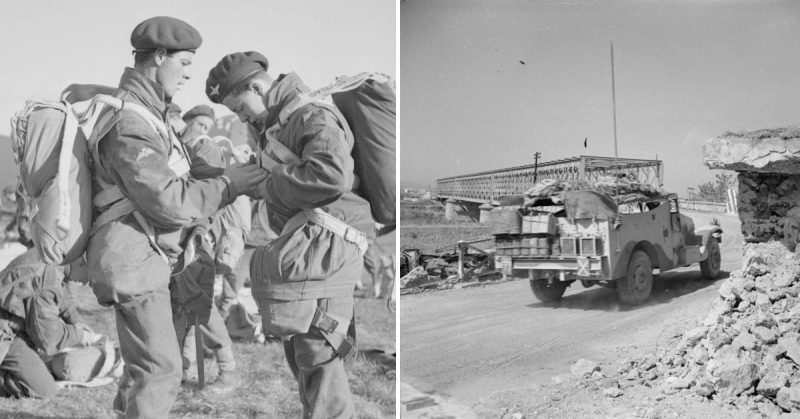War History Online proudly presents this Guest by Mark Saliger, the author of “The First Bridge Too Far” about one of the most significant British airborne battles of World War Two.
The Invasion of Sicily saw the German paratroopers, the ‘Green Devils’, parachute into Sicily to secure the vitally-important Primosole Bridge. Only hours later, men from the elite British Parachute Regiment, the ‘Red Devils’, were to parachute behind enemy lines to capture the very same bridge. These two sets of devils were about to lock horns in hellish combat.
The British Paras managed to secure the bridge during the confusion of the night drop. From dawn the next morning the German Paras attacked all along the front line, backed by aircraft and artillery, in order to dislodge the British from around the bridge. A scene to be replayed only a year later at Arnhem by the very same men who were now fighting at Primosole.
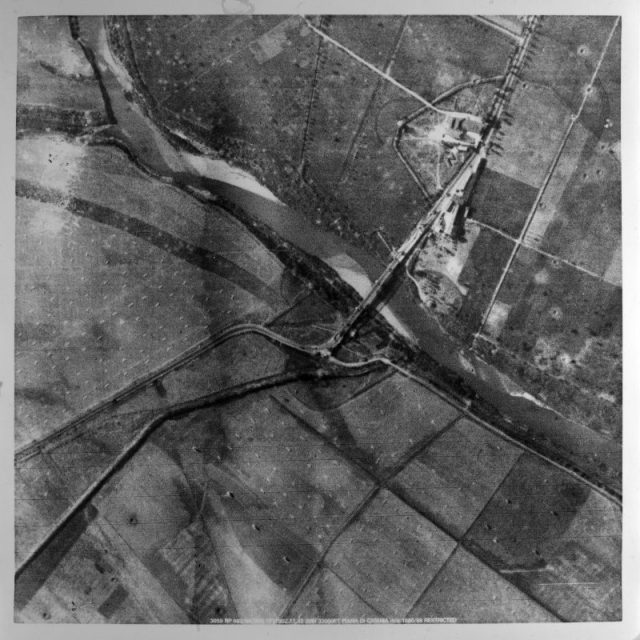
By the end of the day, the Germans were slowly gaining ground. The British Paras were by now out-gunned, out-numbered and almost out of ammunition but they refused to be out-fought. One German remembered that the British “fought like tigers and eventually took [Primosole bridge] with terrible losses.”
He continued, “The fighting was horrific, with men milling around and shooting and bayoneting each other they were so close together. I have never seen men fight one another the way both sides did in the battle”.
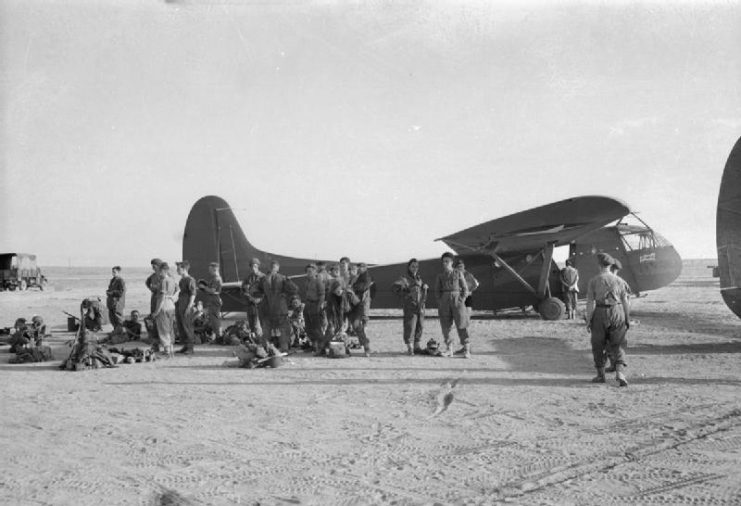
Despite putting up a courageous fight, they were losing momentum to the German onslaught and being squeezed ever closer to the bridge.
The defenders were now on the back foot. Spent brass bullet casings lay all around them, the air was thick with cordite and a haze from burning grass and buildings. The non-stop whistle of bullets of different calibers flying overhead, sometimes distant but sometimes all too close for comfort, seemed to be competing with each other for airspace.
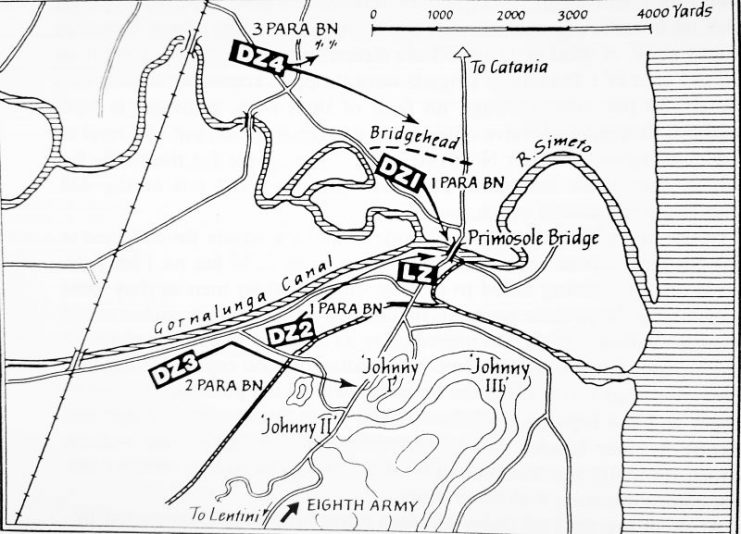
Dashing enemy silhouettes would appear and then just as quickly disappear once again, trying as hard as possible to get a better firing position from which they could get a clearer shot at the Paras. Constant shouting alerted the men to the ever-moving positions of the enemy. Target indications were called out, bringing attention to enemy threats and allowing coordination of fire.
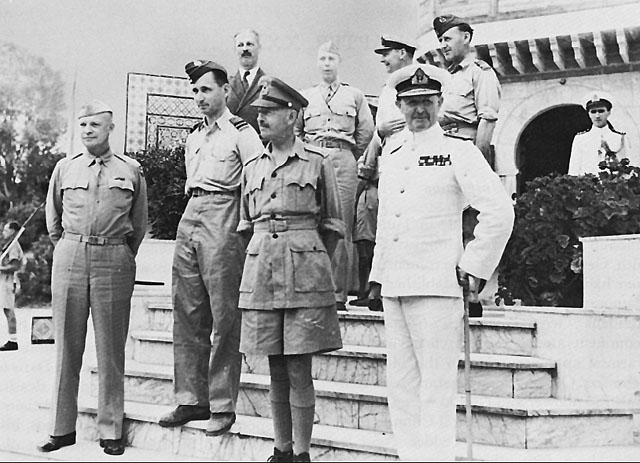
Puffs of dust were continually being kicked up from sniper rounds. Some men were pinned down in their trenches and couldn’t move an inch without a sniper reminding them that they were in his cross-hairs, somewhere out there, unseen.
Longer bursts of machine gun fire tore through the air and the reeds where some men were taking cover. Mortar rounds were exploding and adding orange dust to the grey smoke of the burning vegetation.
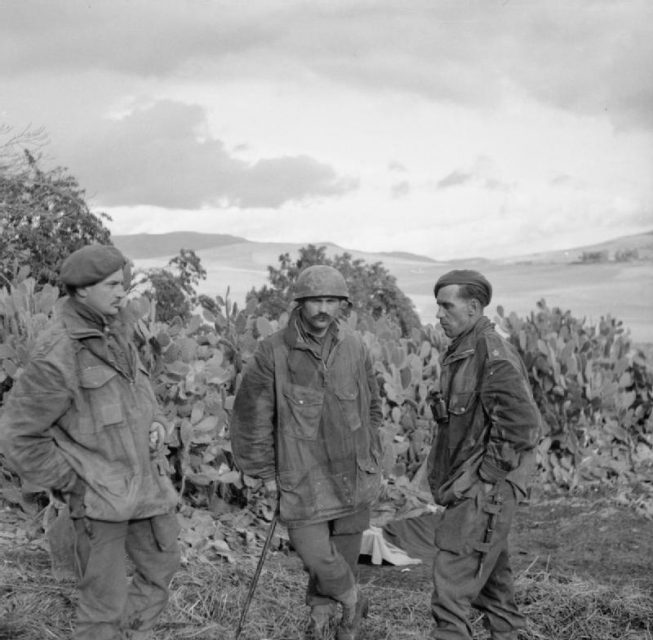
One of the defenders was George Pratt of 1 Para. “My Bren gun hardly stopped firing the whole time. Then, one of the lads next to me was shot in the face; his head literally exploded and sent bits of tissue and bone all over me. Like an automaton, he staggered backwards before colliding with the back wall, and slid down it, leaving a big blood smear where the back of his head had contacted the wall.
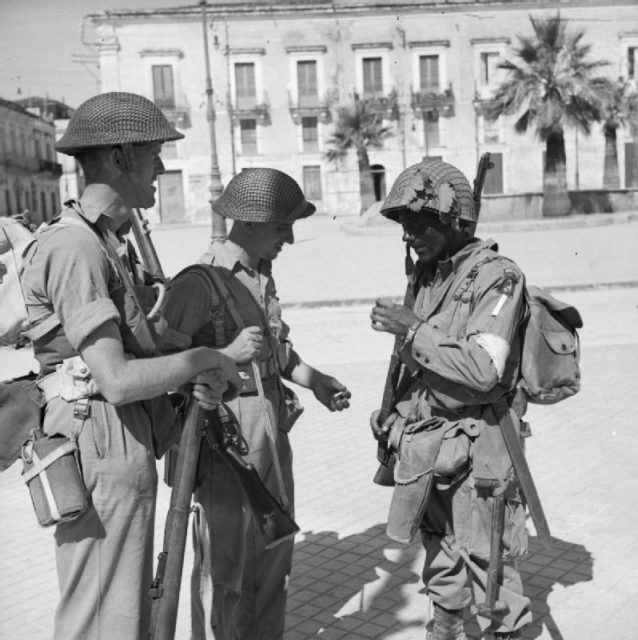
Not five minutes later, the young lad who’d landed with me got killed; he was flung onto his back having been shot in the chest, blood pouring out of the wound. How I didn’t get killed I don’t know as enough bullets were coming through the slit to kill a dozen of us. Jerry was only 80 yards away by then. At that range, it was difficult not to hit someone, and I can honestly say I shot quite a few, but the ammo was my main worry and I had to be very frugal when I fired to make it last.”
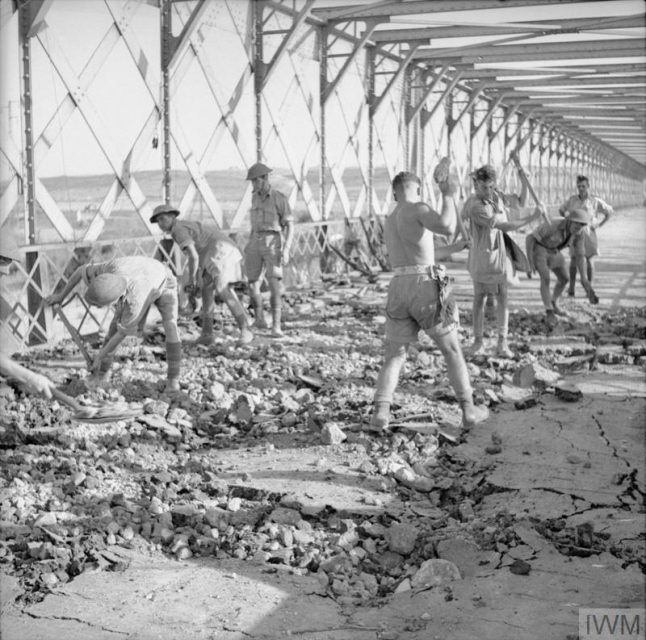
Despite the heroic stand by the Red Devils, they were forced back to the surrounding hills, from where they still managed to cover the bridge with effective fire and prevent the Germans from blowing it up. The bridge was eventually taken the next day by Allied ground forces supported by tanks and artillery.
The remaining Green Devils still left standing were withdrawn to Messina to fight another day. The airborne assault on the bridge had managed to allow it to be captured and to be used to advance Field Marshal Montgomery’s forces to the eventual capture of Sicily.
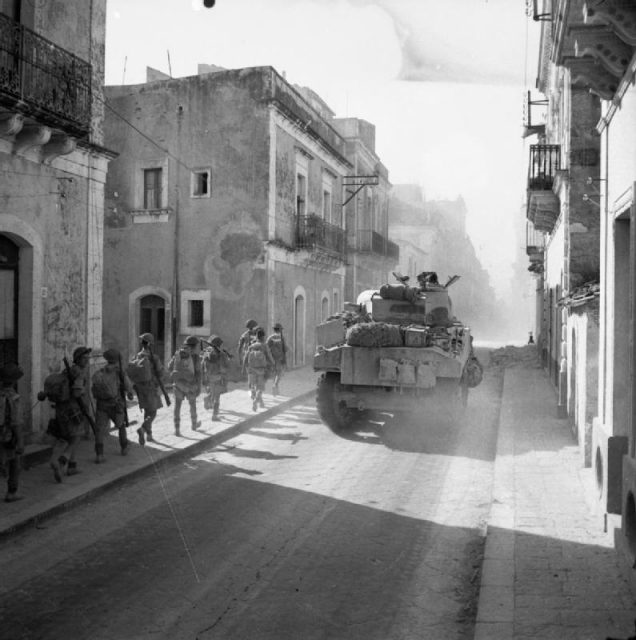
Both sets of Devils could claim a victory. The Green Devils next fought at Monte Cassino in Italy only weeks later. For the Red Devils, they would regroup and return to the battlefield at Arnhem to fight for their second bridge too far, barely a year after fighting for their first bridge too far – Primosole Bridge.
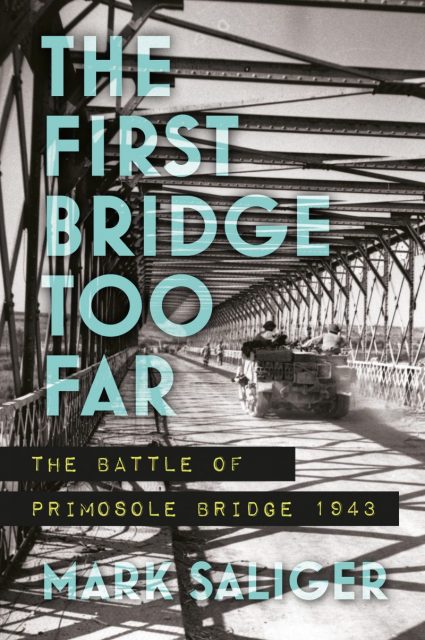
The First Bridge Too Far will be published by Casemate on July 6th and can be bought HERE for those in the UK and Europe.
And HERE for those in North America
